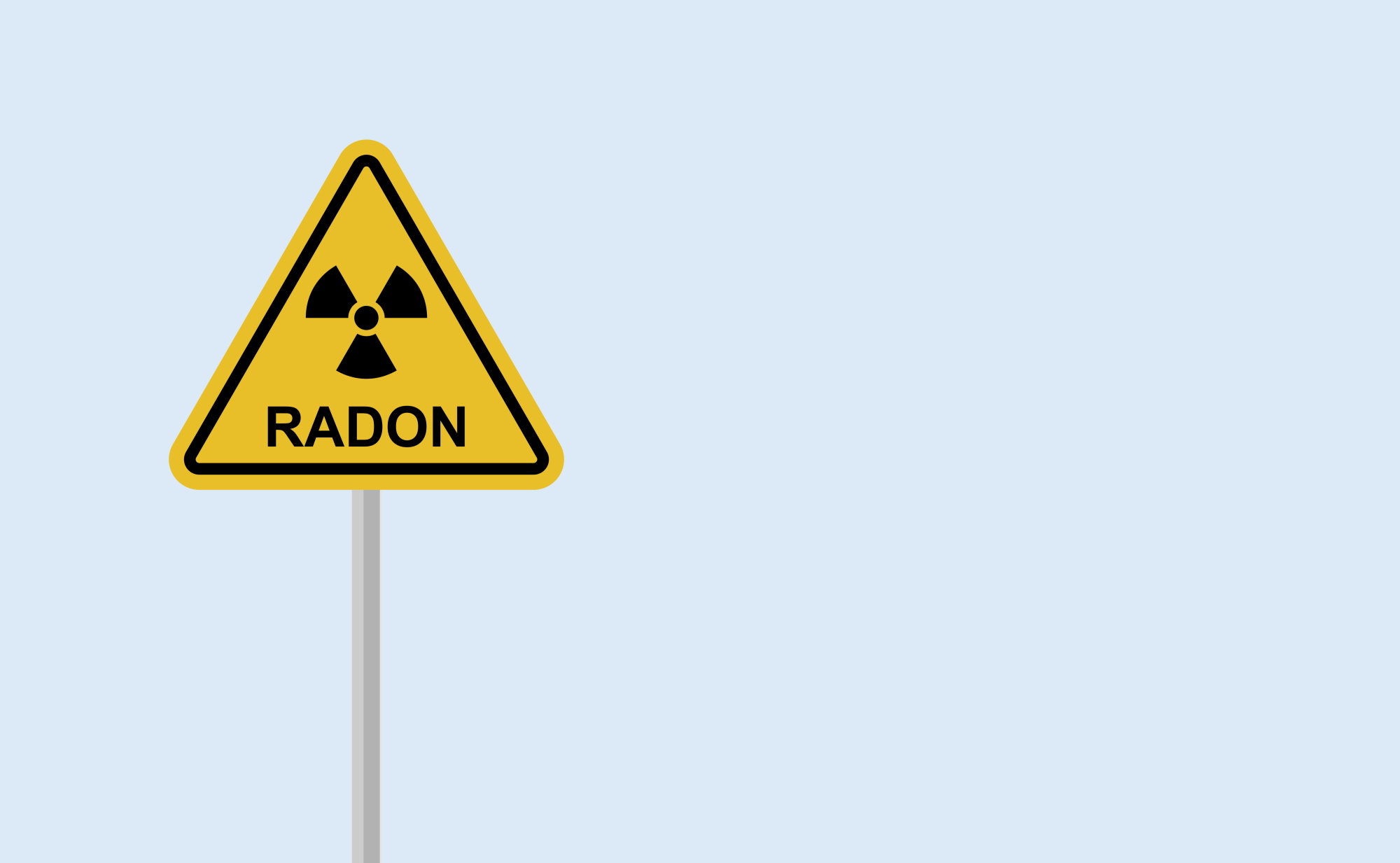The Dangers of Radon
Thousands of people die from lung cancer caused by exposure to radon gas every year. Radon is a radioactive gas formed from the natural decay of uranium in the soil. It can seep into your home through cracks in the foundation and cause health problems over time. This happens when radon gas decays and releases particles that can be inhaled. These particles can damage the lungs and lead to cancer.
Radon gas is estimated to cause around 21,000 lung cancer deaths annually in the United States. Radon gas is estimated to cause about 21,000 lung cancer deaths annually in the United States. Radon exposure is the leading cause of lung cancer among non-smokers and the second leading cause of lung cancer overall. Some studies suggest that radon gas may also be linked to other types of cancer, such as leukemia. Aside from cancer, exposure to radon gas can also cause other respiratory problems, such as bronchitis and pneumonitis.

Testing for radon levels
When it comes to testing for radon, there are two main types of tests: short-term and long-term. Short-term tests measure radon levels over days or weeks, while long-term tests measure radon levels for months to years. Generally speaking, long-term trials are more accurate in determining your true exposure to radon gas.
You can purchase a do-it-yourself test kit from your local hardware store or hire a professional to test radon levels in your home. If you do it yourself, follow the instructions carefully and send the test kit to a laboratory for analysis. If you hire a professional, they usually take care of all your details.
Reducing radon levels
The EPA recommends taking action to reduce radon levels in your home if the results of a long-term test are four picocuries per liter (pCi/L) or higher. Here are some ways to reduce radon levels in your home:
1. Seal any cracks and gaps in your home’s foundation.
You can do this yourself with a polyurethane caulk or hire a professional to do it for you. You can contact a radon mitigation company in Lakewood for more information.
2. Install a radon vent fan.
This will help to draw the radon gas out of your home and release it into the air outside. Once again, you can do this yourself or hire a professional.
3. Have a soil suction system installed.
This system uses a fan to draw radon gas from the soil beneath your home and release it into the air outside. Soil suction systems are usually only installed in homes with a basement or crawl space.
4. Move to a different home.
If you are renting, talk to your landlord about the possibility of moving to a different unit in the same building or a separate building altogether. If you own your home, you may want to consider selling it and moving to a new one.
5. Get your home tested regularly.
Even if you reduce radon levels in your home, it’s a good idea to get your home tested every few years to ensure that groups are still low. You can contact a professional that conducts radon testing.
By taking action to reduce radon levels in your home, you can help protect yourself and your family from the dangers of this radioactive gas.
Where to get help
If you are concerned about radon in your home, many resources are available to help you. The EPA’s Radon website (www.epa.gov/radon) provides information on radon testing and reduction and a list of state radon offices and public health offices. Contact the National Radon Helpline at 1-800-55RADON (557-2366) for more information.
To get help.
Another thing you can do is to contact a radon mitigation company. These companies specialize in reducing radon levels in homes. You can find a list of certified radon mitigation companies on the EPA’s website (www.epa.gov/radon/mitigation-companies). You can also contact your state radon office for more information.
Radon is a serious problem, but it’s one that you can do something about. With a little knowledge and effort, you can make your home a safer place to live.














